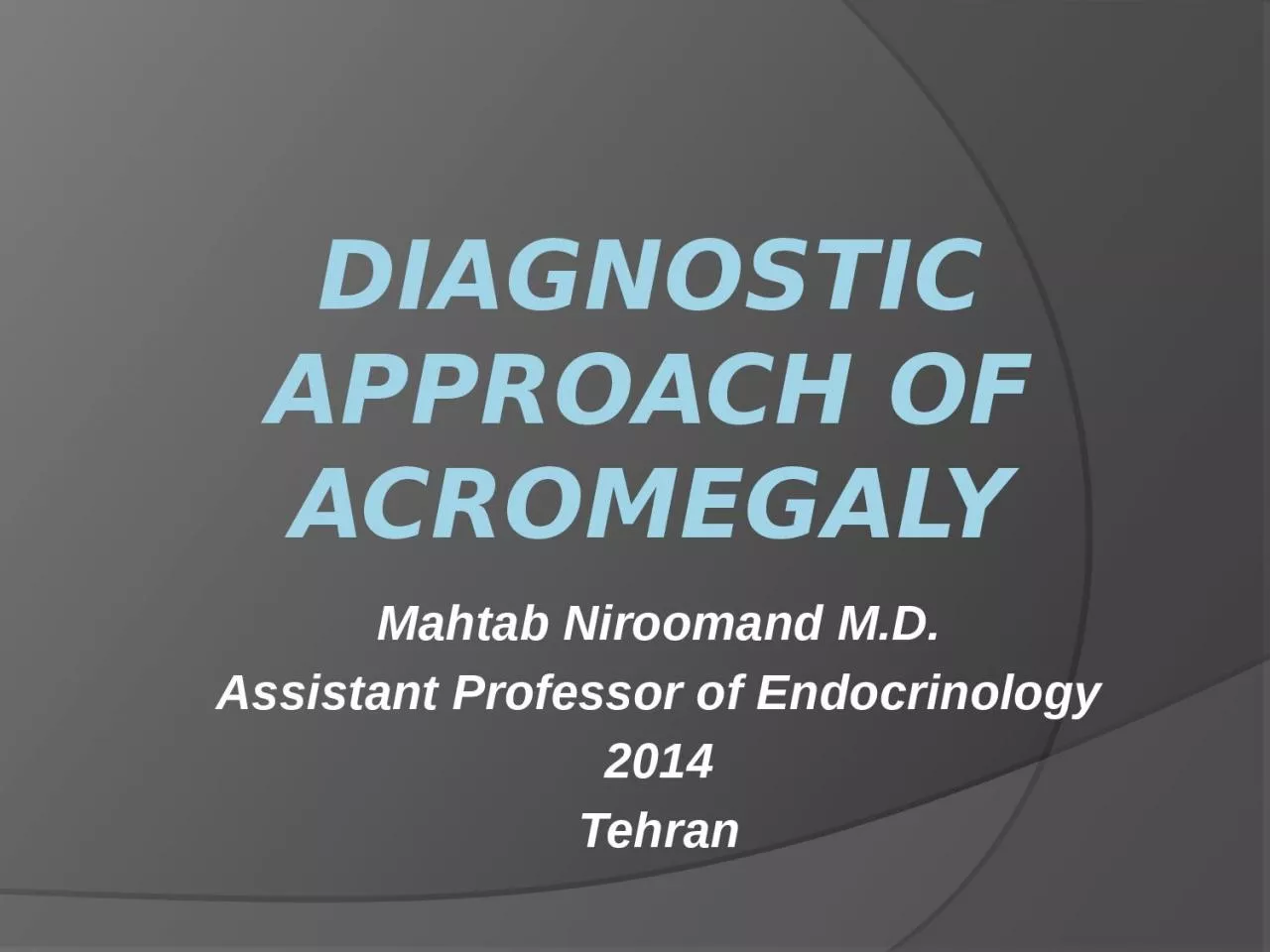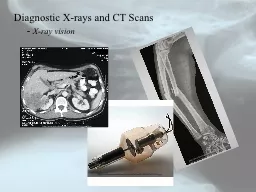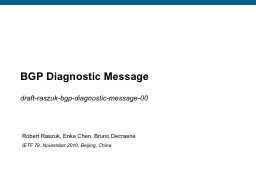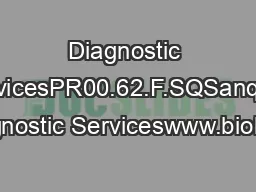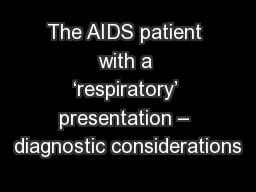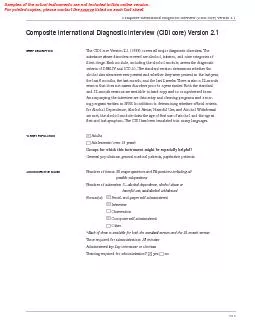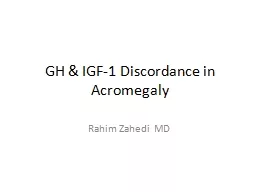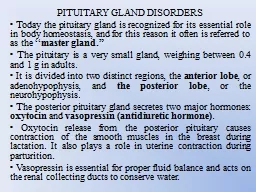PPT-Diagnostic Approach of Acromegaly
Author : smith | Published Date : 2022-06-15
Mahtab Niroomand M D Assistant Professor of Endocrinology 2014 Tehran Out line Introduction and epidemiology Etiology and differential diagnosis Clinical features
Presentation Embed Code
Download Presentation
Download Presentation The PPT/PDF document "Diagnostic Approach of Acromegaly" is the property of its rightful owner. Permission is granted to download and print the materials on this website for personal, non-commercial use only, and to display it on your personal computer provided you do not modify the materials and that you retain all copyright notices contained in the materials. By downloading content from our website, you accept the terms of this agreement.
Diagnostic Approach of Acromegaly: Transcript
Download Rules Of Document
"Diagnostic Approach of Acromegaly"The content belongs to its owner. You may download and print it for personal use, without modification, and keep all copyright notices. By downloading, you agree to these terms.
Related Documents

